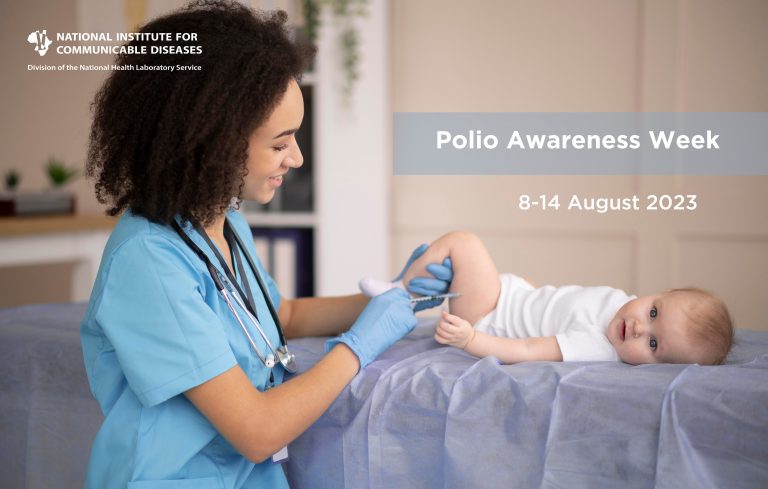Polio Awareness Week is a time to reflect on this disease and the importance of immunisation. However, it is more than that. It is a call to action – a time to do our part in helping eradicate polio, once and for all.
Poliomyelitis (polio) is a highly contagious viral disease that can cause paralysis and sometimes even death. It is most common in children under 5 years of age, but anyone can contract the disease. The virus is transmitted from person-to-person and is mainly spread through the faecal-oral route or, less frequently, through contaminated water or food. Once spread, it multiplies in the intestine, takes control of the nervous system, and causes paralysis.
Symptoms
Polio symptoms usually last for 2–10 days, and recovery is complete in almost all cases. Polio symptoms include:
– Fever
– Fatigue
– Headache
– Nausea and vomiting
– Stiffness in the neck
– Pain in the limbs
90% of the time, polio does not cause any symptoms. But in an unlucky 10% of cases, the virus can cause paralysis. Paralysis can happen as quickly as within a few hours of infection. In the most severe cases, it can lead to death. This is because the virus can also affect the muscles that control breathing, and if the breathing muscles become paralysed, the child will suffocate and die.
Prevention
Polio is a preventable disease. There is no cure for polio, but it can be prevented through vaccination. South Africa provides routine vaccination for poliovirus. The current vaccination schedule in the Expanded Programme on Immunisation (EPI-SA) consists of two doses of bivalent oral polio vaccine (bOPV) at birth and 6 weeks of age, followed by the trivalent inactivated polio vaccine (tlPV) included in the hexavalent vaccine at 6, 10, and 14 weeks of age, and finally, a booster dose of tlPV is given at 18 months of age.
The polio vaccine is safe and effective, and can protect a person for life.
Treatment
Treatments for polio focus on limiting and alleviating symptoms. Heat and physical therapy can be used to stimulate the muscles, while antispasmodic drugs are used to relax the affected muscles. Although this can improve mobility, it cannot reverse permanent polio paralysis.
In the next 10 years, there could be as many as 10 000 new cases of polio worldwide if the last remaining areas where it still exists are not eradicated.
This is why it is critical to ensure that polio is eradicated completely. By raising awareness about polio, we can ensure that everyone gets access to the vaccine and that the illness is eventually eradicated. The prevention of polio outbreaks, the protection of children, and the support of polio eradication all depend on raising knowledge of the disease.
Eradicating polio is a goal that is within reach, but it will only be possible if we all work together.
For the latest information on polio, visit the following updated website resources:
Centres for Disease Control and Prevention
Global Polio Eradication Initiative





